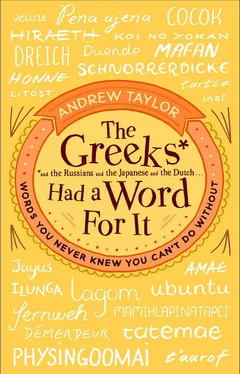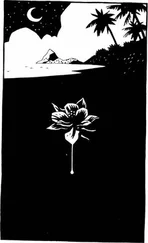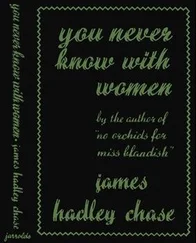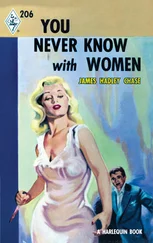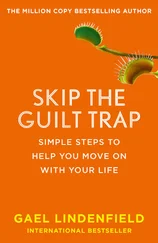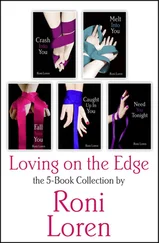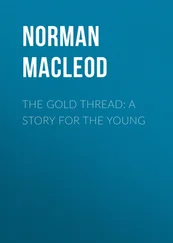But perhaps if English speakers can’t accept the world view from which the word comes, then English doesn’t really need the word. Certainly, anyone who asks in English if a car is any good will look a bit strangely at you if you tell them it’s cocok ; maybe the sense of oneness with the harmony of the eternal universe is a cultural step too far for us to take in our daily lives.
Except …
If you are lucky enough to have found the partner who is the one person in the world with whom you can envisage spending your life, one who understands you and feels like part of you, then you might one night murmur in his or her ear that they are truly cocok and explain what the word means. And then just wait for the result. It beats flowers or chocolates.
Visceral or spiritual feeling evoked by the arts
William Wordsworth observed that poetry had its roots in ‘emotion recollected in tranquillity’ [8] Preface to Lyrical Ballads , 1800, in Lyrical Ballads , ed. Michael Mason (London: Routledge, Longman Annotated English Poets, 2007).
– that a poet might experience the heights and depths of emotion, but he needed time and calm to transform them into poetry. His words have become inseparable from the English Romantic movement. But they remain only a pale and partial shadow of the Spanish concept of duende ( duEND-eh ), which is the soul or spirit at the heart of music, poetry or any artistic performance.
In Spanish and Portuguese mythology, the word referred to a sprite or fairy that might play tricks on travellers astray in the forest, or sometimes to a more sinister red-robed skeletal figure who carried a scythe and presaged death. Those whom he visited could sometimes be inspired, in their fear and mental turmoil, to heights of creative brilliance. That quality of inspiration is at the heart of the word’s more modern meaning.
According to the twentieth-century Spanish poet Federico García Lorca, other inspirations for creativity – the muses or the angels – come from outside the artist, but duende comes from deep within. It needs, Lorca said, ‘the trembling of the moment, and then a long silence’ – a little like Wordsworth’s thought, then. Duende , though, goes much further. For artists or performers, it may produce a moment of shattering brilliance, a complete absorption in their art, like the abandoned ecstasy of a Spanish dancer; and without it, the most technically perfect production will be lifeless, without soul. In his 1933 lecture, ‘Play and Theory of the Duende’, [9] Federico García Lorca, ‘Play and Theory of the Duende’, published in Lorca – In Search of Duende , tr. Christopher Maurer (Paris: New Directions, 1998).
Lorca tells the story of an accomplished singer being told: ‘You have a voice, you understand style, but you’ll never ever succeed because you have no duende .’
The ghostly scythe still lurks in the background. For Lorca, duende would only truly manifest itself when there was also an instinctive awareness of the possibility and inevitability of death. The artist could only live fully in the moment when he knew deep in his soul that it could be the last moment. Lorca linked duende with the passion of the Spanish bullring, but he believed that all Spanish art, particularly the performing arts of music and dancing, was inextricably linked with the contemplation, the fear and the glorification of death. Other artists, though, see duende as a quieter, more peaceable manifestation of unrepeatable and often inexplicable artistic brilliance. The Australian musician Nick Cave, for instance, says that it involves ‘an eerie and inexplicable sadness’, and refers to the music of Bob Dylan, Leonard Cohen, Van Morrison and Neil Young.
‘All love songs must contain duende , for the love song is never truly happy,’ he said at a lecture in Vienna in 1999. ‘Within the fabric of the love song, within its melody, its lyric, one must sense an acknowledgement of its capacity for suffering.’ [10] Nick Cave, The Secret Life of the Love Song , published in The Complete Lyrics 1978–2007 (London: Penguin, 2007).
So musicians, singers, dancers and other creative artists may channel duende through their work. And for those who experience a work of art – the ones who watch the dancer or hear the music – duende will manifest itself as a sudden, potentially life-changing moment of insight, an instant in which time seems to have stopped. It is beyond analysis, beyond explanation, beyond criticism – art experienced in the deepest recesses of the soul.
For many people, Wordsworth’s calm prescription still remains the best way to understand the spirit of poetry, the indescribable something that makes it different from prose. The concept of duende , however, considers a similar problem in the context of all artistic expression and approaches it from an infinitely more personal, intense and intimate point of view. However it’s described, if you’ve never experienced duende , you may never take its meaning fully on board. But if you have, then you will understand the word not just with your brain but in the very pit of your stomach.
Emotional warmth created by being with good friends and well-loved family
Years ago there was a television advertisement for drinking chocolate. It started outside on a chilly winter’s night. A lone figure, wrapped up against the cold, was walking briskly down the street, his feet beating a regular rhythm on the paving stones. He was on his way home and, as he got closer, and the night got colder, so the sound of his feet began to quicken, until eventually he was running as fast as he could.
He stopped outside a front door that loomed in front of him, cold and unpromising; he turned the handle, pushed it open and walked inside. And everything changed. Sitting around were his family, with happy, welcoming faces, all luxuriating in the glow of a warming log fire. And there, waiting for him, was a steaming mug of hot chocolate. He wrapped both hands around it with a broad and satisfied smile, and the background music swelled.
It was an advertisement for hot chocolate, which you might think is just a sickly sweet drink that rots your teeth and makes you fat. But it could just as well have been an advertisement for hygge .
Hygge ( HEU-guh ) is a Danish word that helps the Danes get through their long, dark winters. It’s sometimes translated, inadequately, as cosiness or well-being, but it is specifically about the reassuring emotional warmth, comfort and security that come from being with good friends or well-loved family. The glow of a roaring log burner is often a part of it, but dinner around a restaurant table, with the conversation and laughter swinging easily back and forth, could be hygge . So could flickering candlelight, with a glass of wine and a favourite companion, or a favourite seat in a bar or cafe. When the weather doesn’t make you warm, hygge does, wrapping your love and your friendships around you like a fur coat.
But it’s an emotional warmth that doesn’t necessarily have anything to do with the temperature. Making a snowman with your children – however old they are – is hygge . And it doesn’t even have to be winter – a Danish summer street festival could be a very hygge place to be, with the right company, or a picnic in the open air, or a late-night barbecue. It’s all about comradeship and an awareness of the deep and sustaining happiness and sense of security that it brings.
The concept is central to the Danes’ image of themselves: to be called a hyggelig fyr , or a fellow who is fun to be with, or who inspires a feeling of hygge , is about as high a compliment as you can hope for. And to be the opposite – uhyggeligt – is to be creepy and scary in a Gothic horror movie kind of way, not just a bit grumpy and unsociable. The idea of hygge gets you through the winter, they say, but it’s more than that – it gets you through life.
Читать дальше
